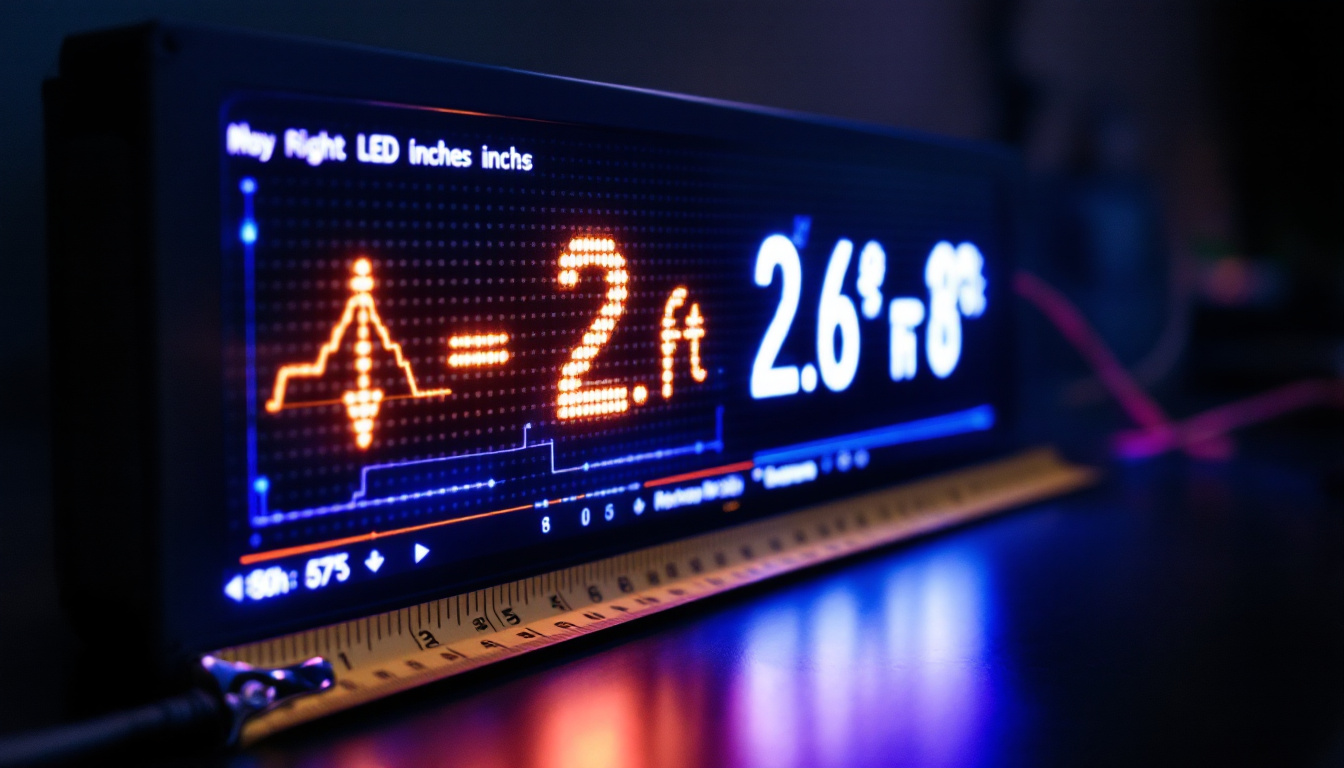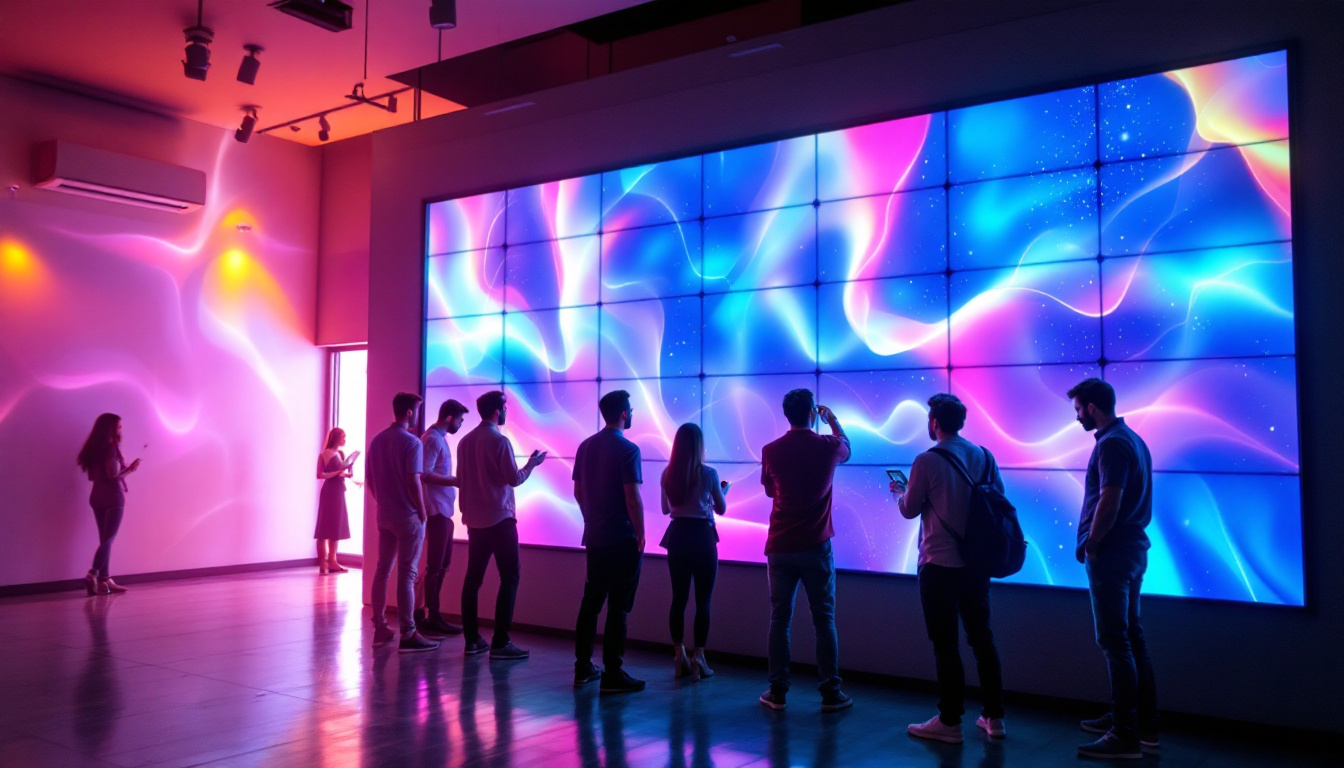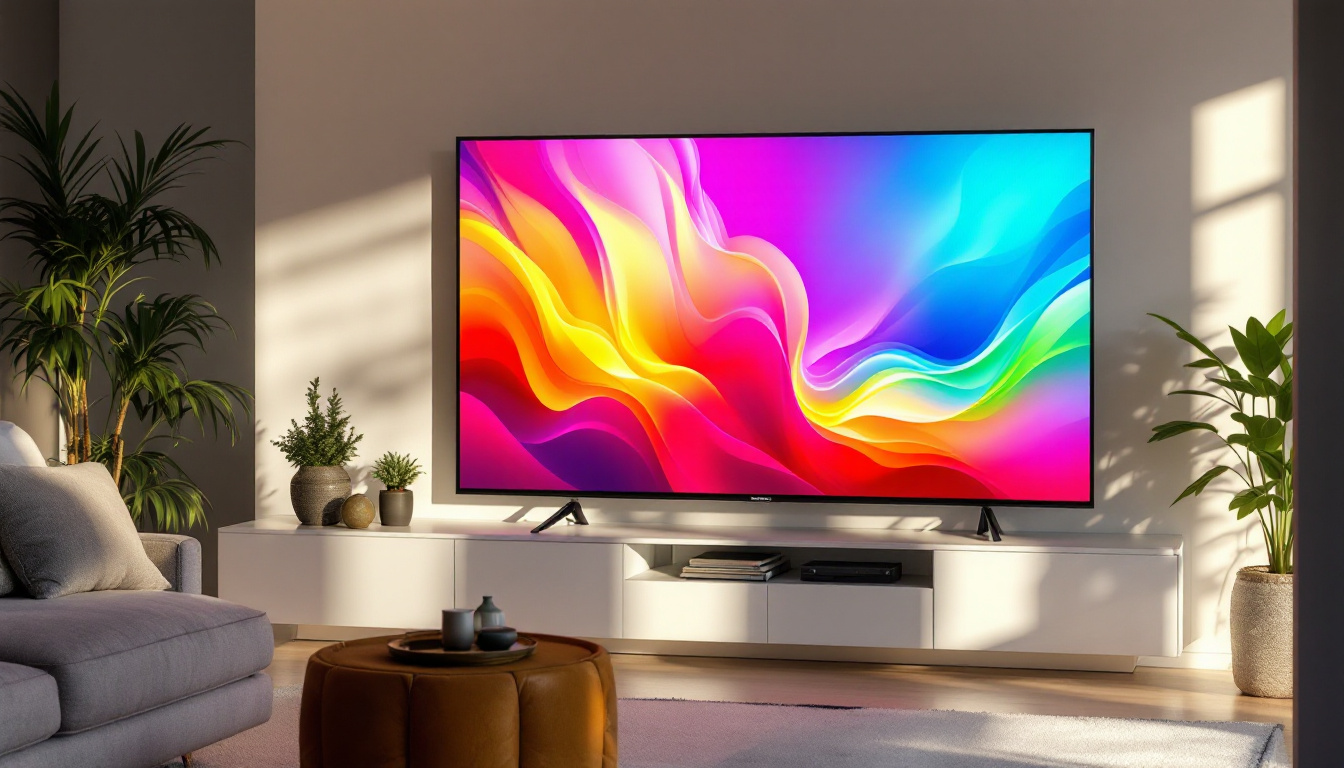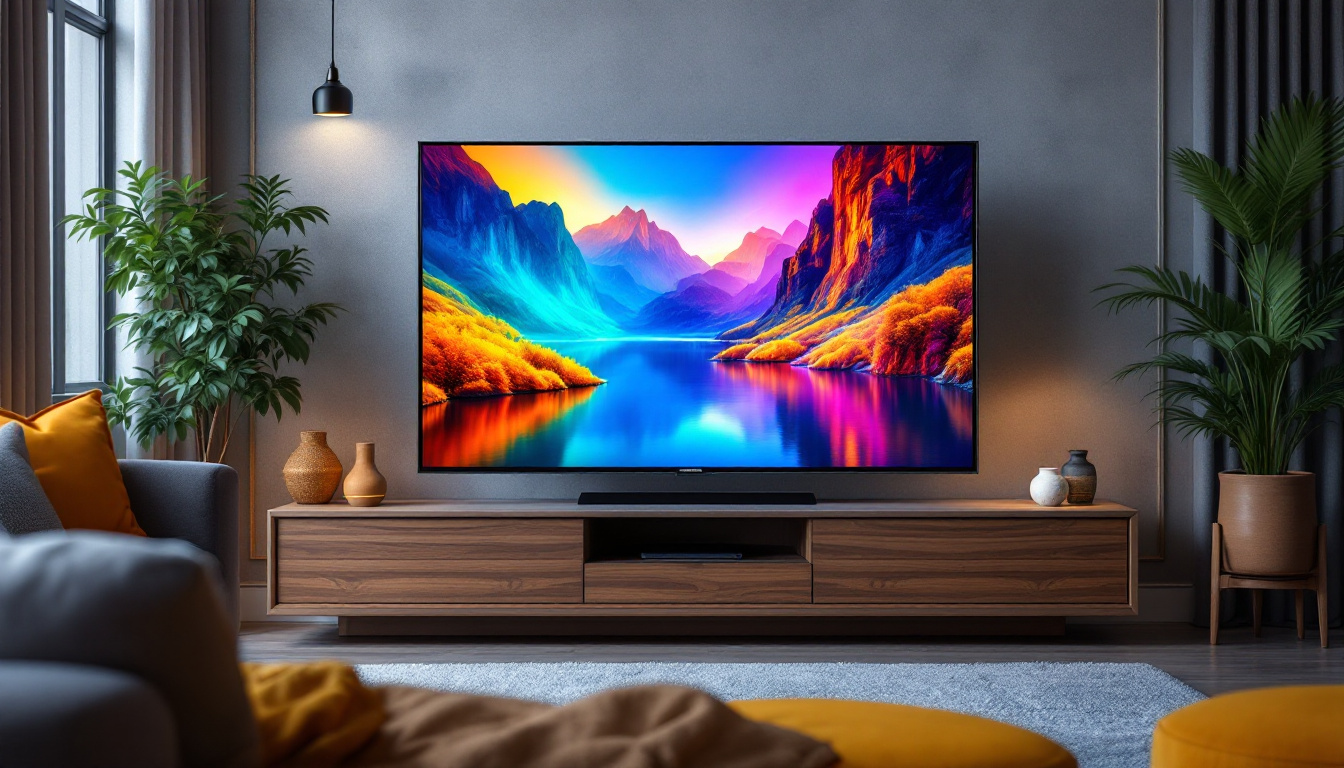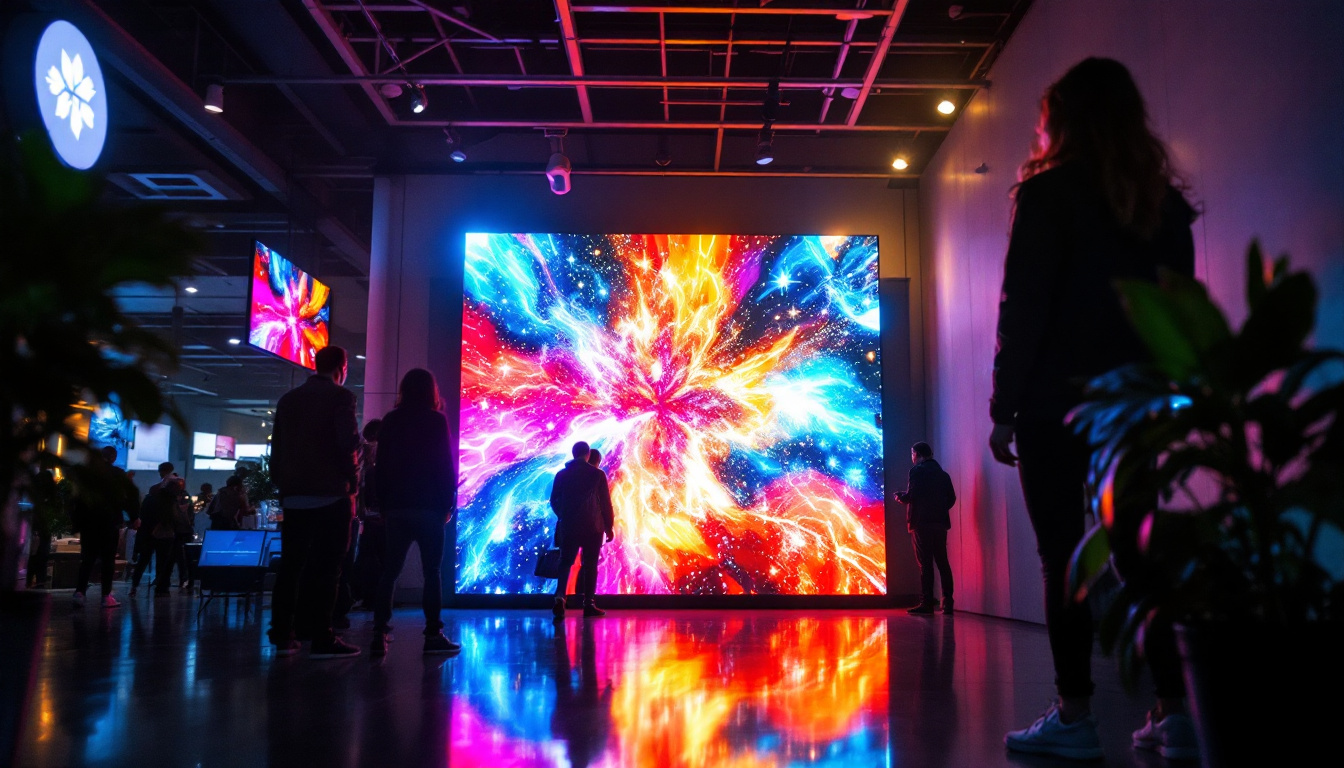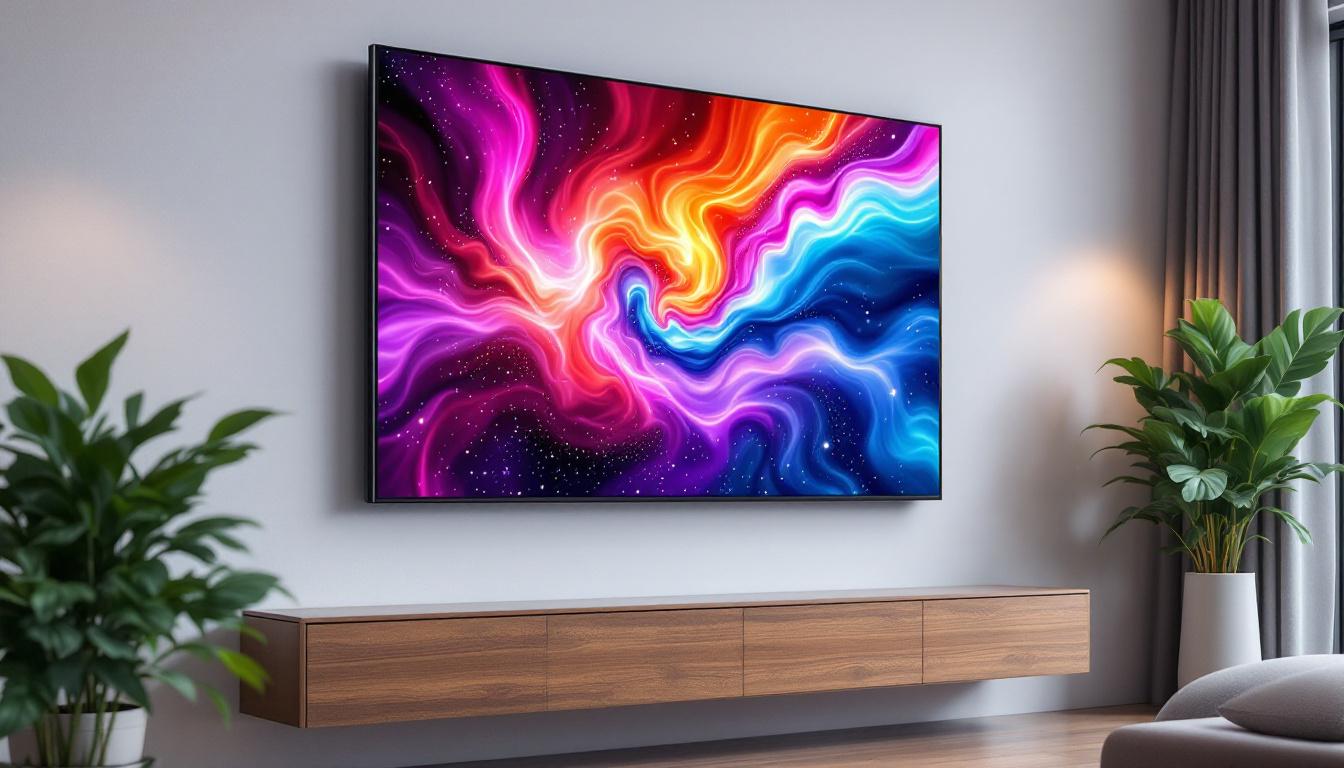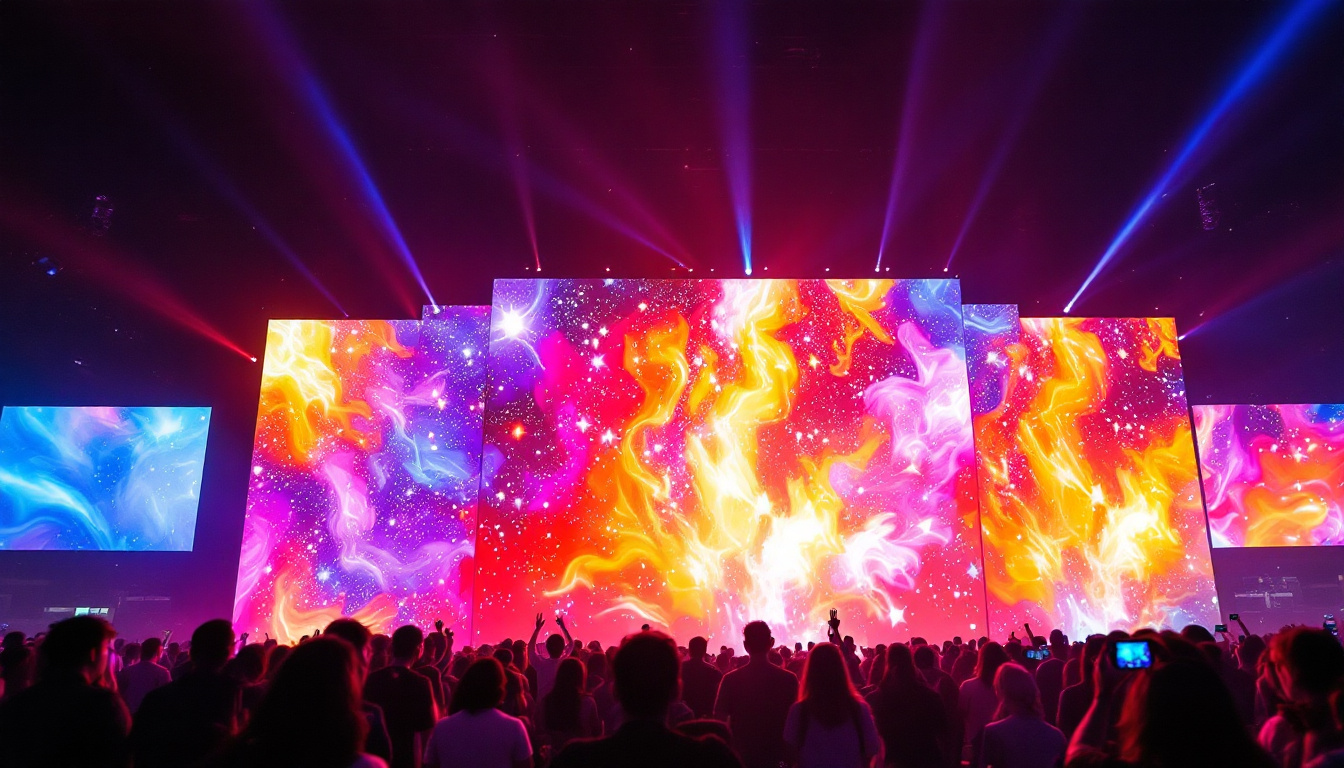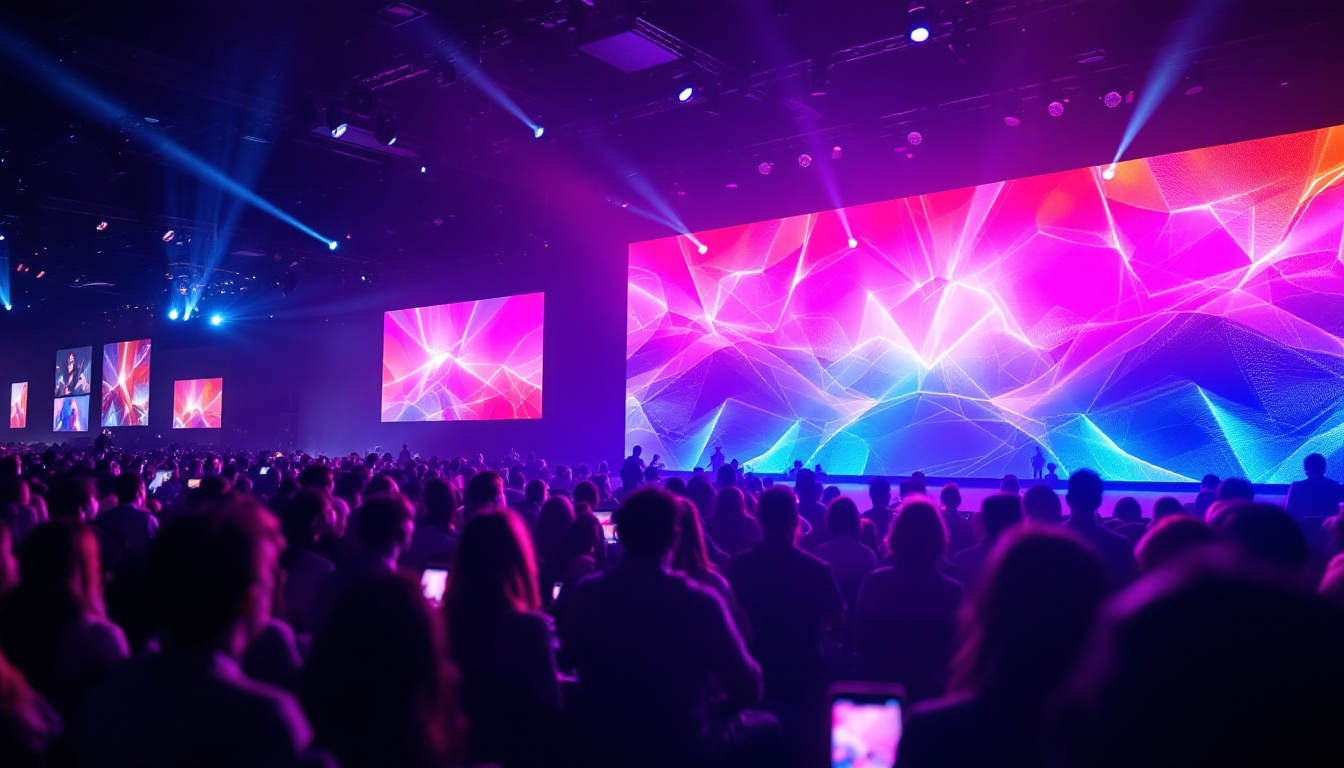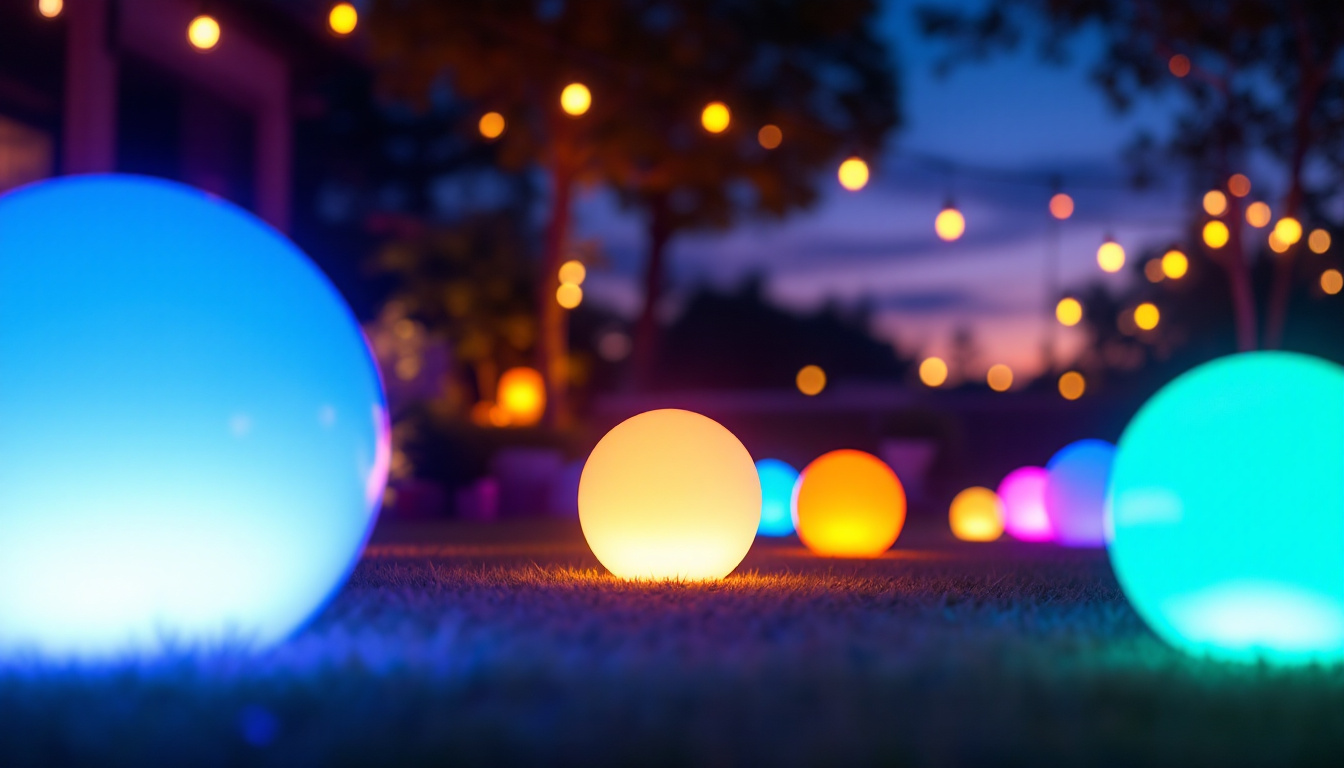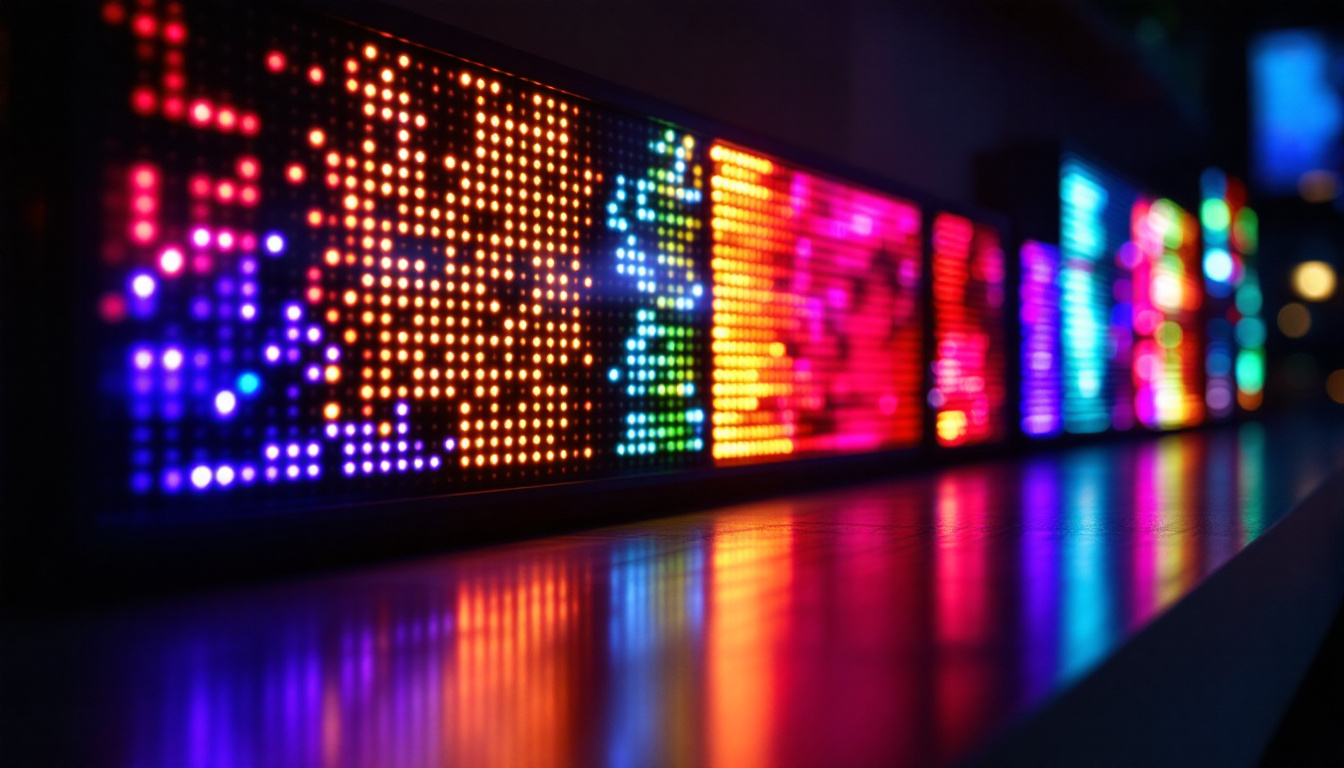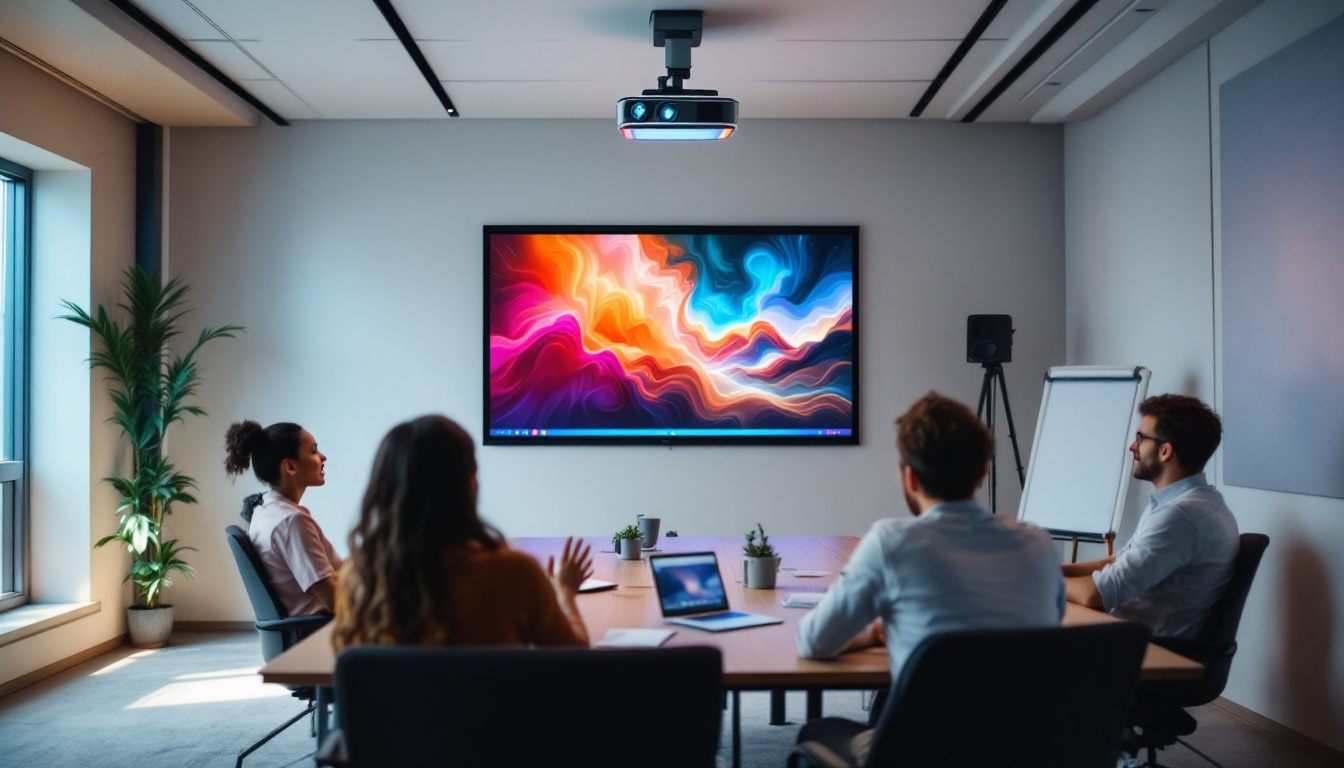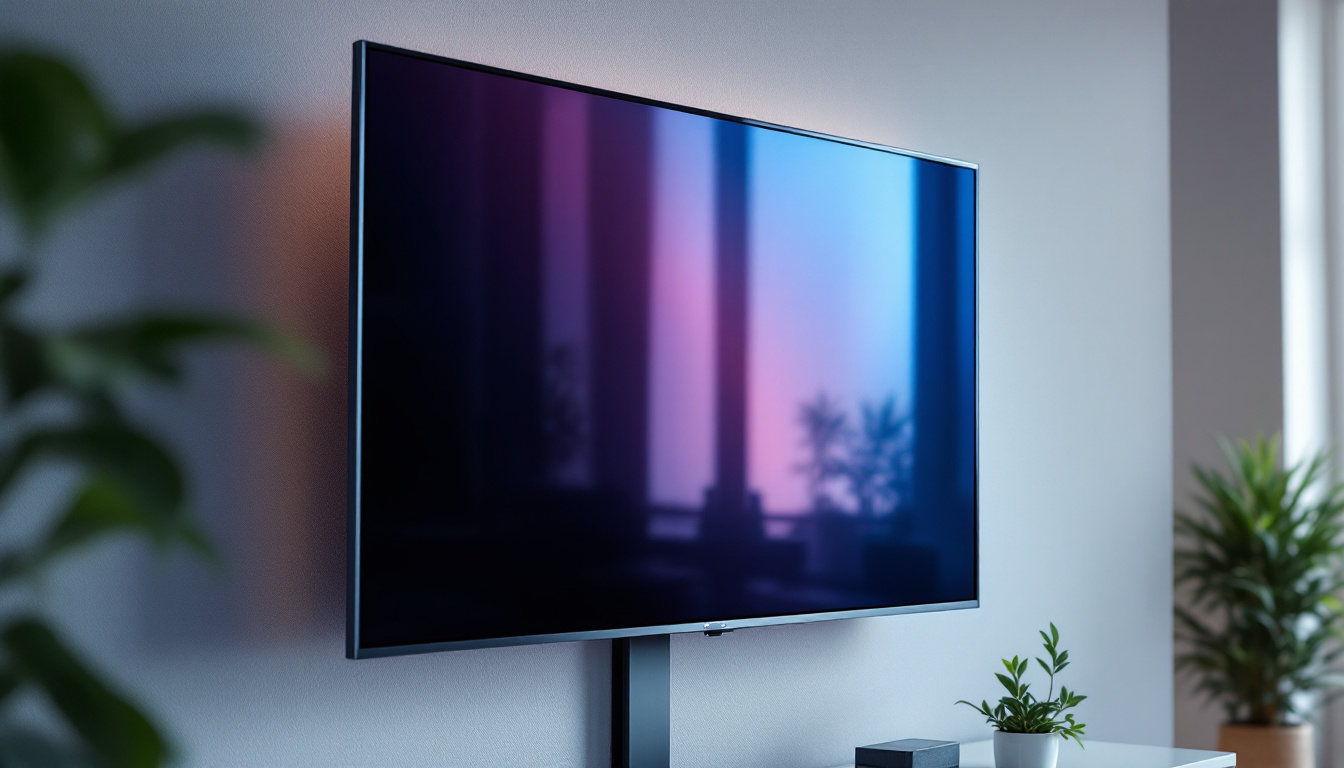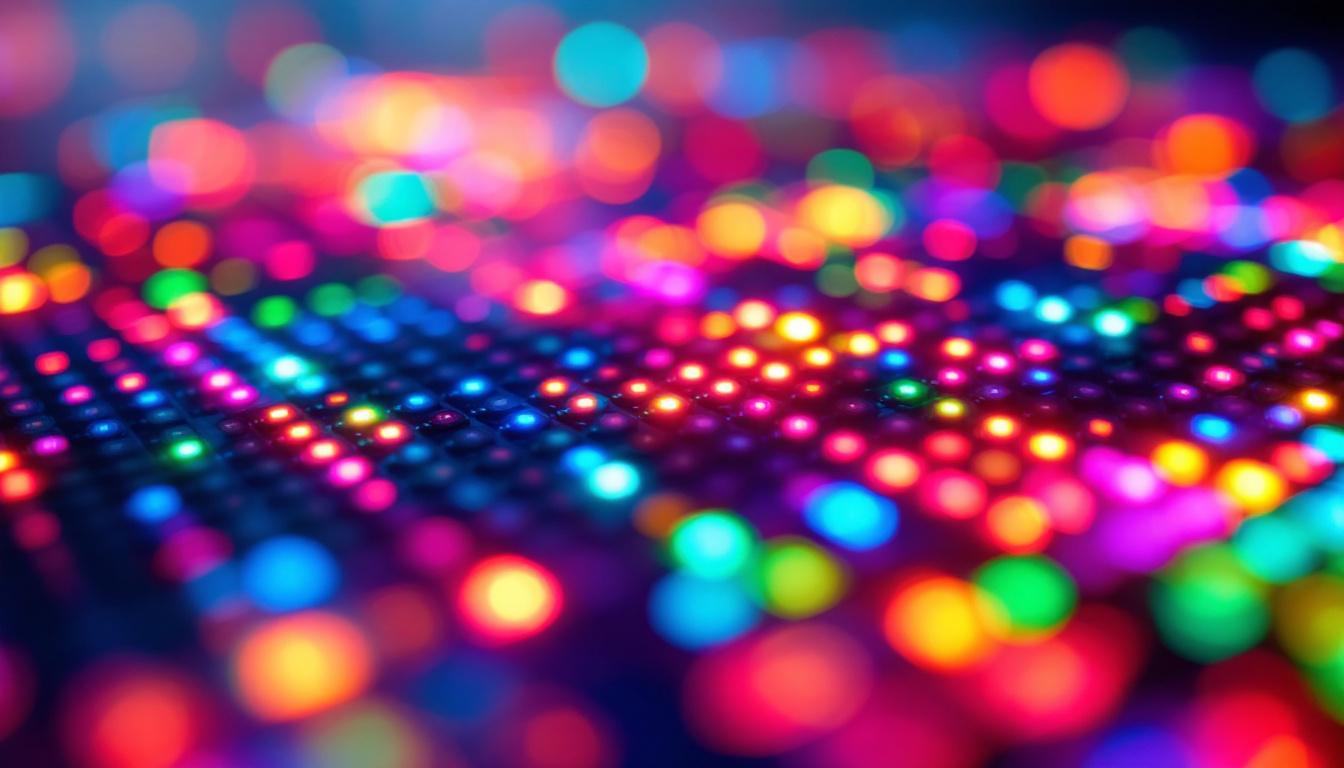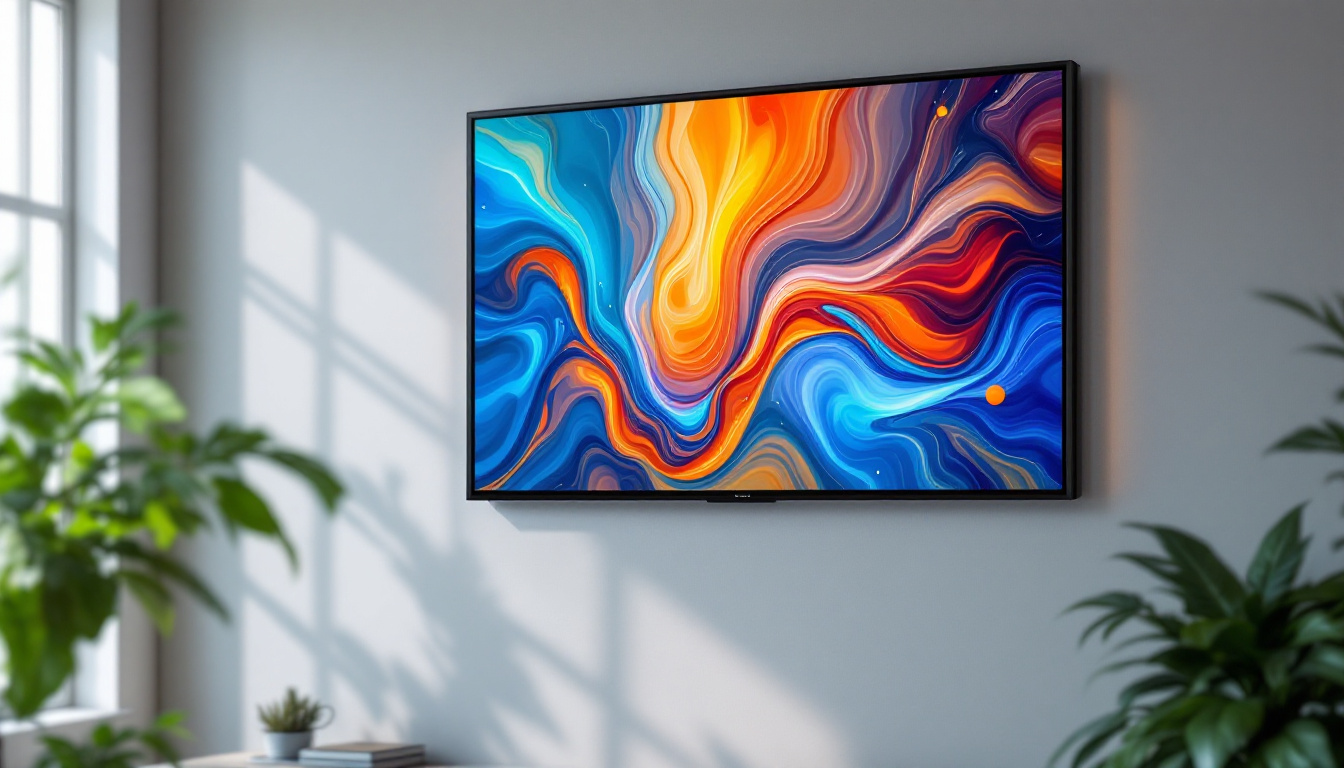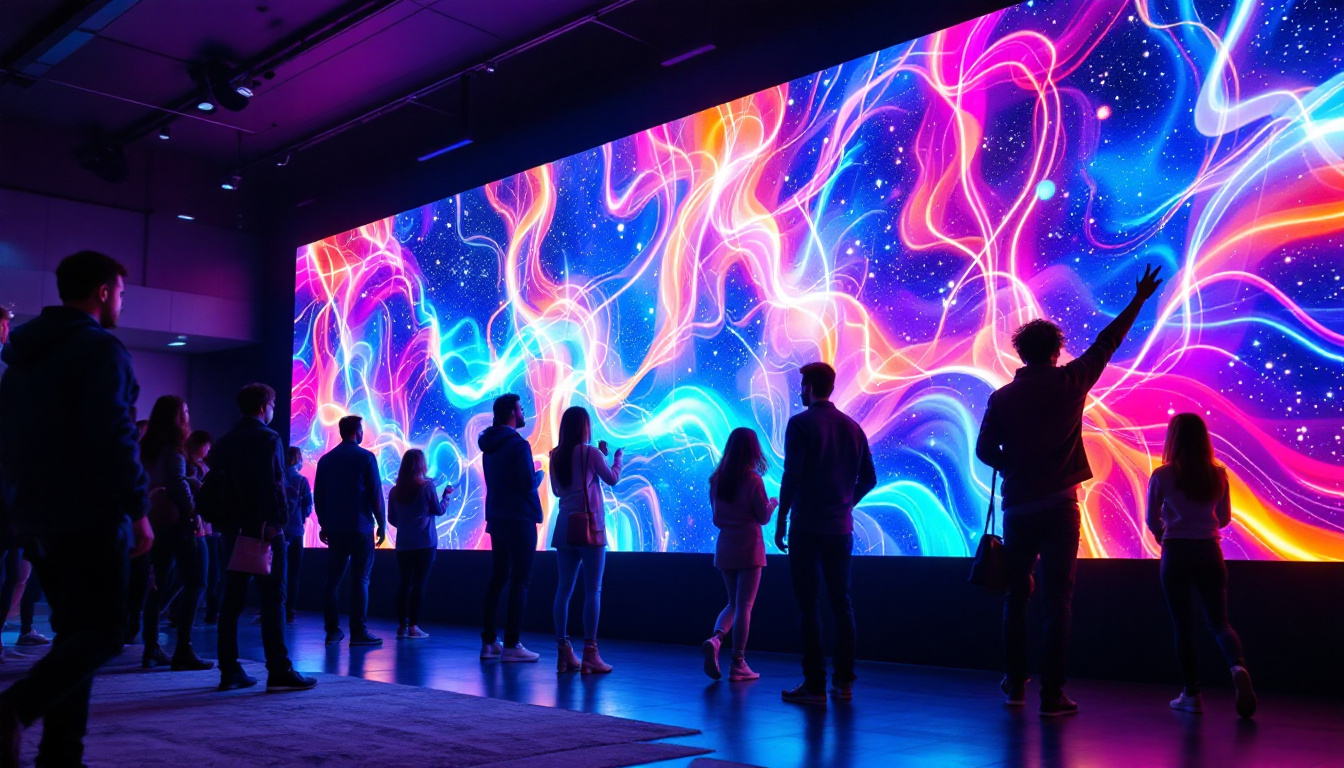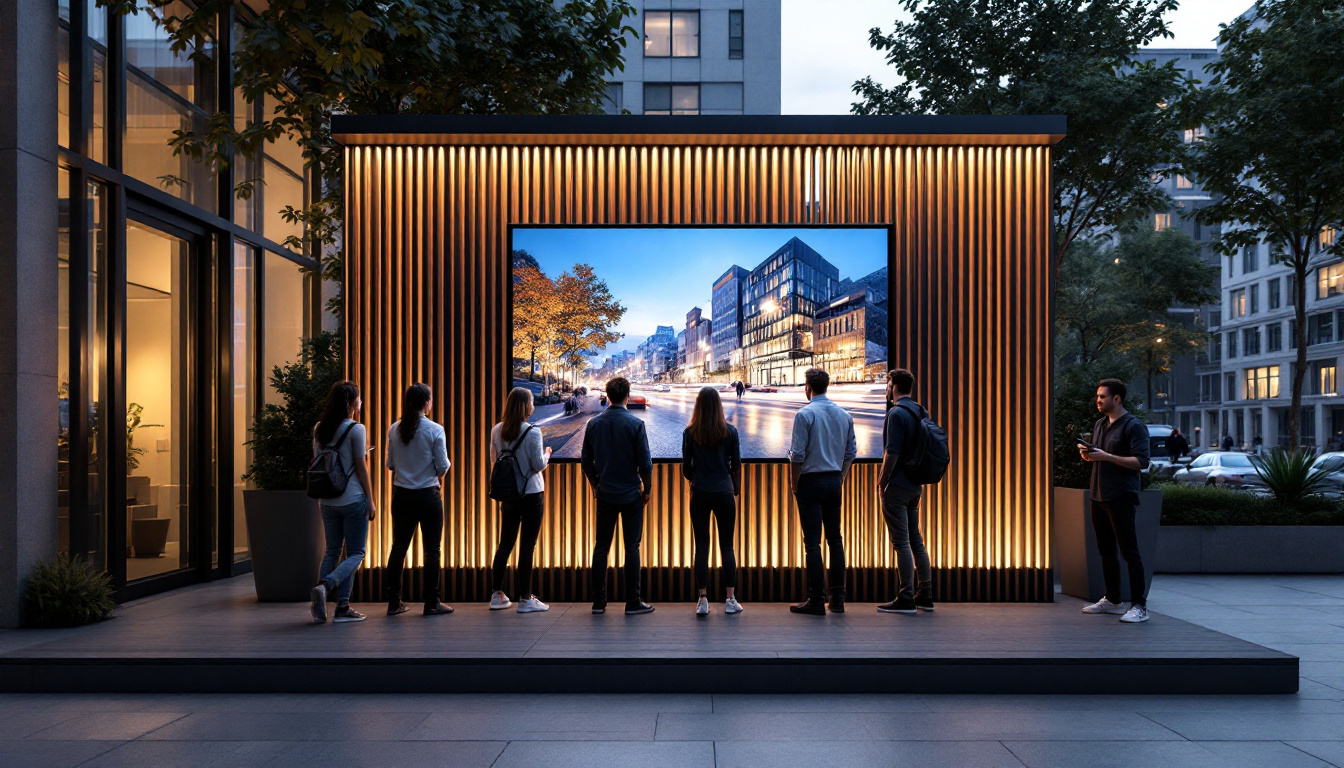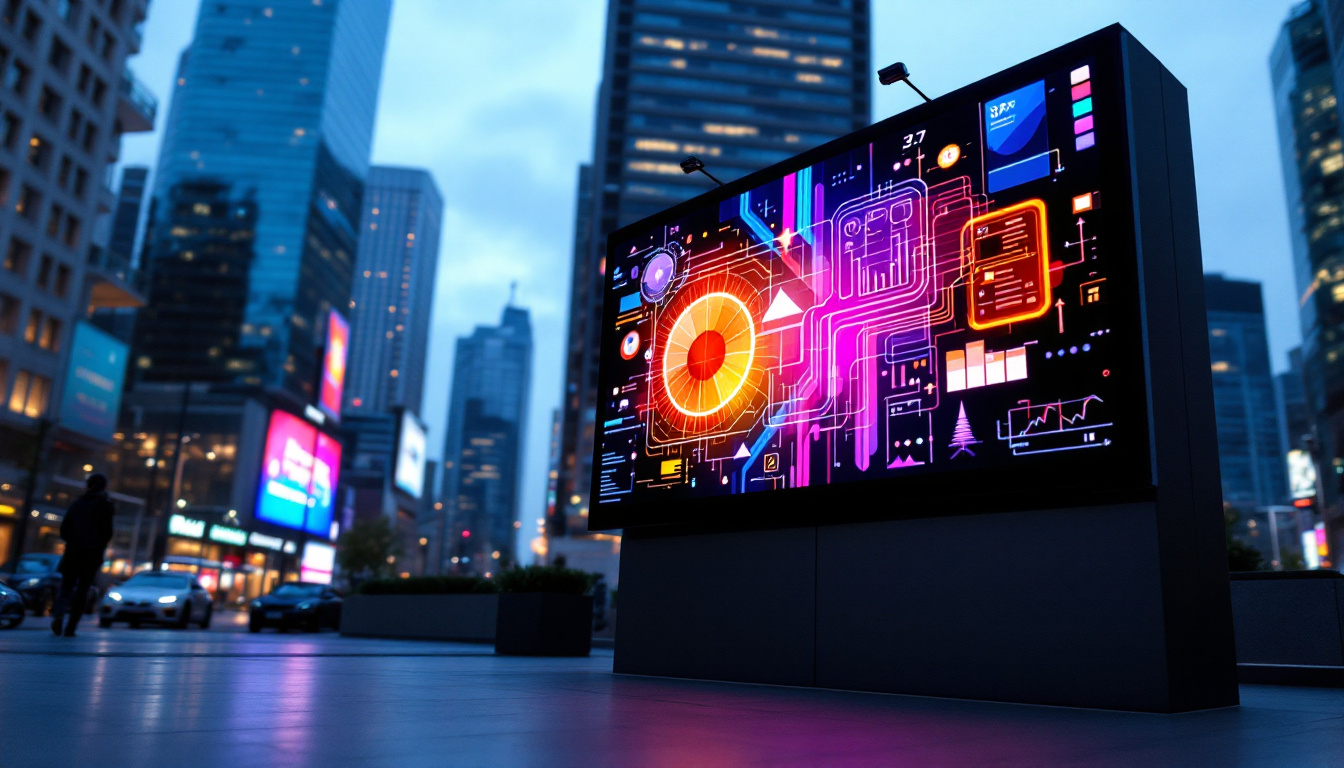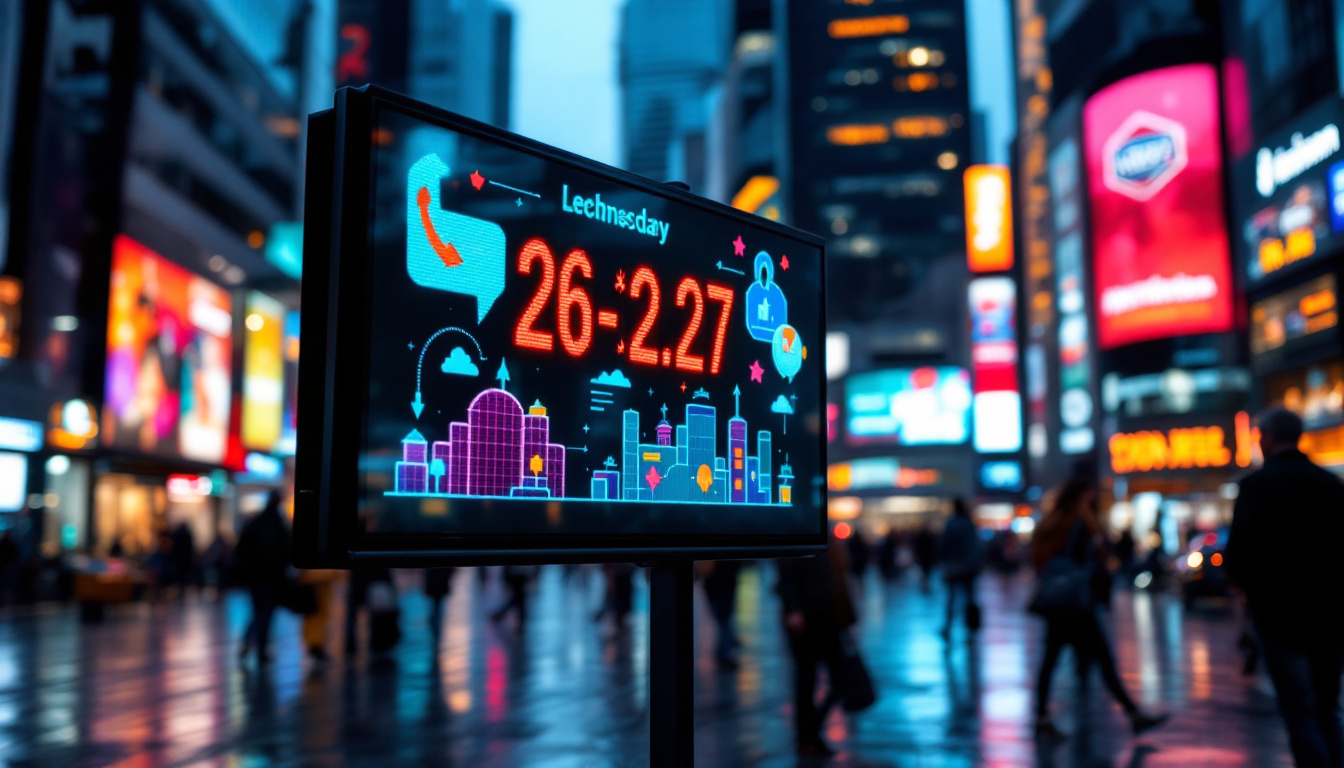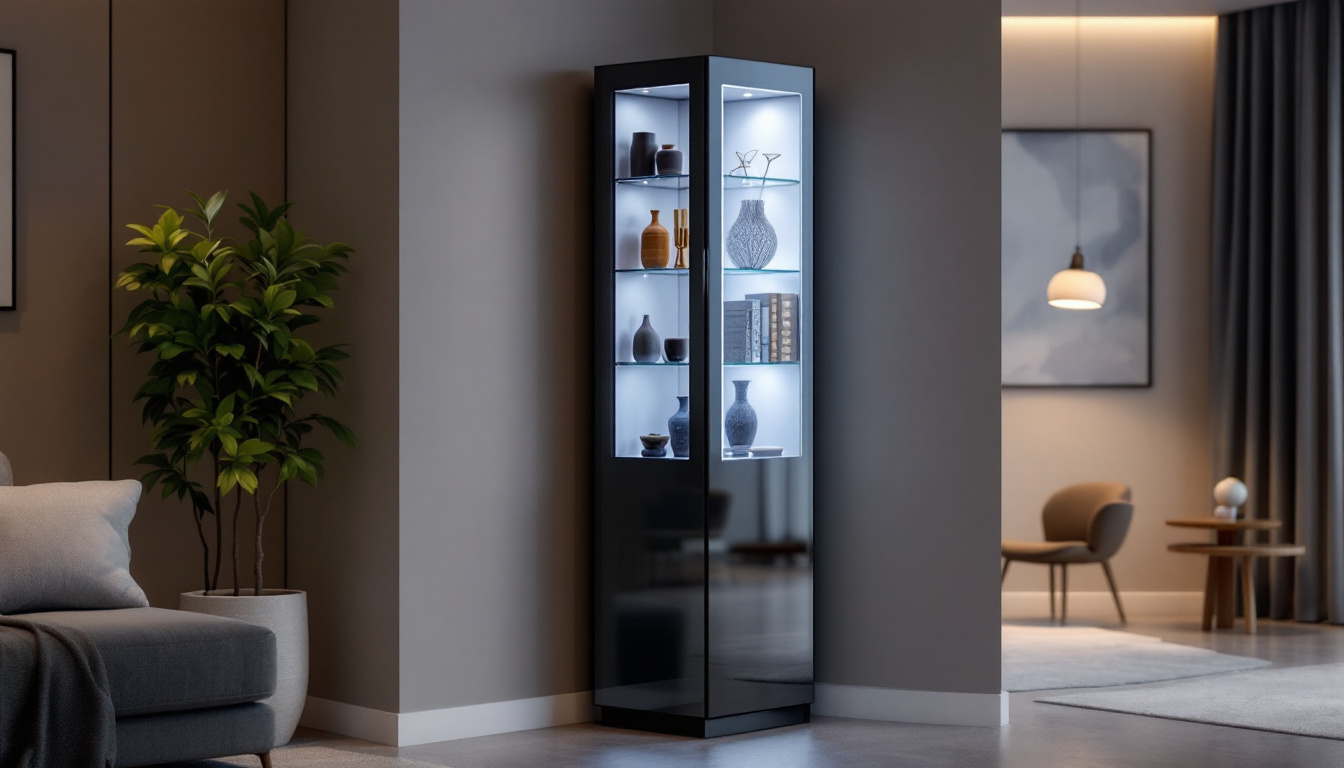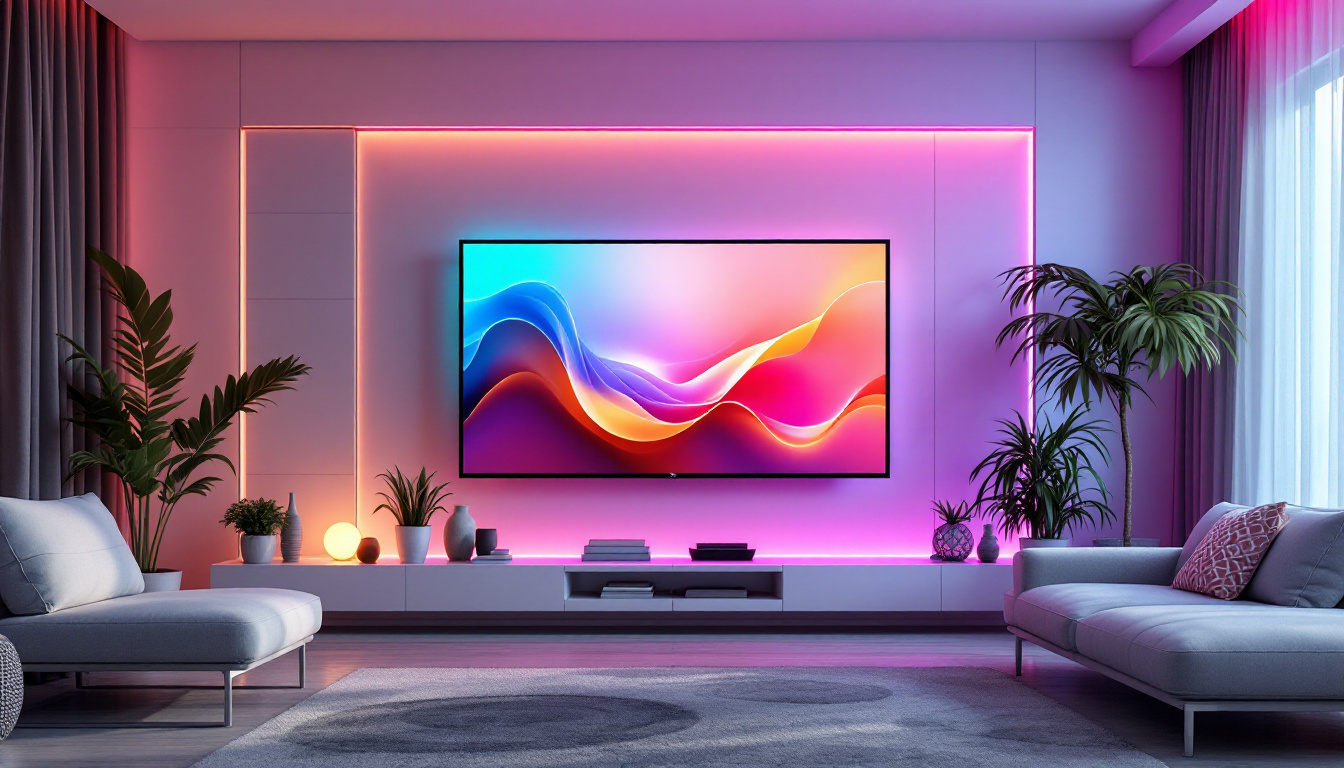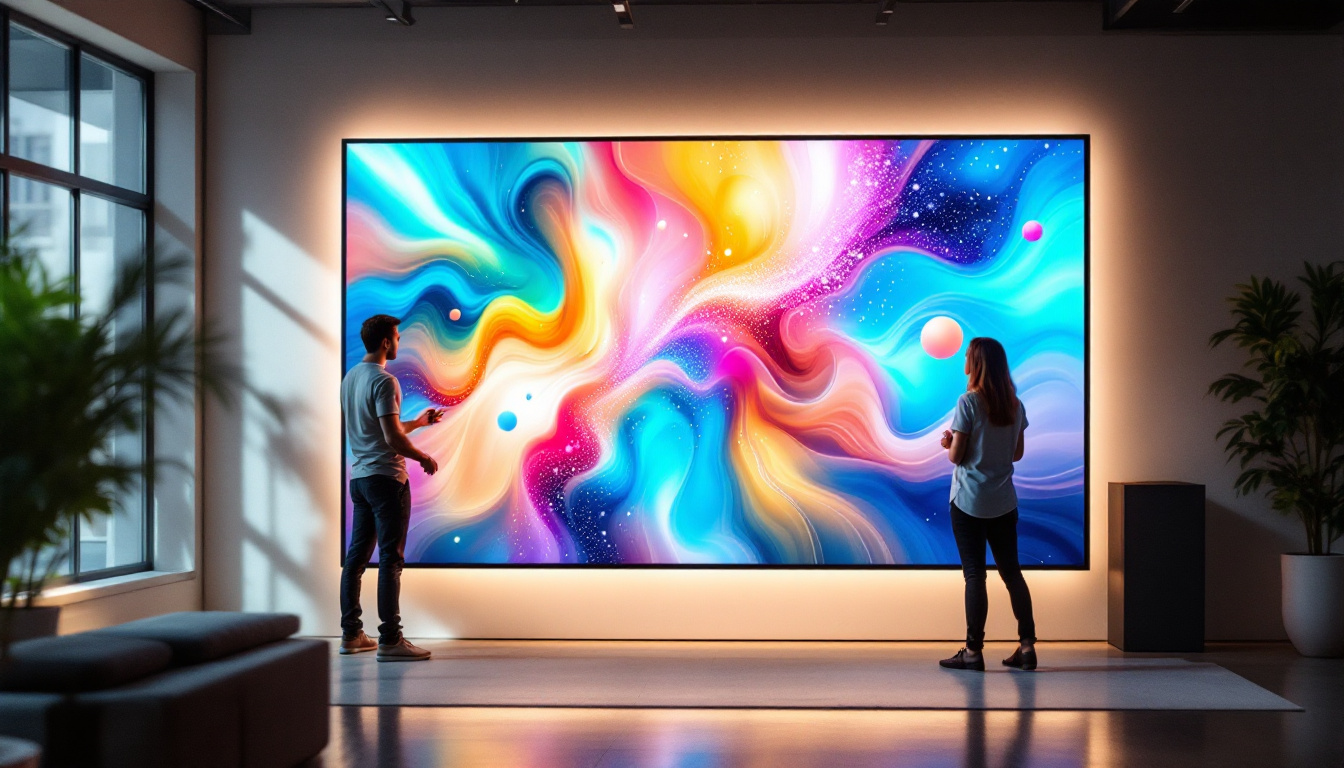understanding measurements is crucial in various fields, especially in technology and design. One common conversion that often arises is from feet to inches. This article will explore how many inches are in 2.6 feet and will delve into the significance of this measurement in the context of LED displays.
Understanding Feet and Inches
Feet and inches are units of measurement commonly used in the United States and some other countries. The foot is a larger unit, while the inch is a smaller unit. This relationship is essential for various applications, including construction, design, and engineering.
Conversion Basics
To convert feet to inches, one must understand the basic conversion factor: there are 12 inches in a foot. Therefore, to find out how many inches are in 2.6 feet, the calculation involves multiplying the number of feet by 12.
For instance, the calculation is straightforward:
2.6 feet × 12 inches/foot = 31.2 inches
This means that 2.6 feet is equivalent to 31.2 inches. This conversion is not only useful for everyday measurements but is also critical in fields where precision is paramount.
Importance of Accurate Measurements
Accurate measurements are vital in many industries. Whether it’s in construction, interior design, or manufacturing, knowing the exact dimensions can make a significant difference in the overall quality of the work.
In construction, for example, precise measurements ensure that structures are built to specifications, which can prevent costly mistakes and safety hazards. Similarly, in interior design, understanding the dimensions of furniture and spaces can lead to more aesthetically pleasing and functional environments.
Moreover, in the realm of manufacturing, accurate measurements are crucial for ensuring that components fit together seamlessly. This is particularly important in industries such as automotive and aerospace, where even the slightest deviation can lead to malfunction or failure. The use of feet and inches in these contexts allows engineers and designers to communicate effectively, ensuring that everyone involved in the project is on the same page regarding dimensions and tolerances.
Additionally, the significance of feet and inches extends to everyday life, where individuals often rely on these measurements for tasks such as home improvement projects, gardening, and even tailoring clothing. Understanding how to convert and apply these measurements can empower people to take on various DIY projects with confidence, fostering a sense of accomplishment and creativity in their personal spaces.
LED Displays: A Brief Overview
LED displays have become ubiquitous in modern society, found in everything from televisions to billboards. These displays utilize Light Emitting Diodes (LEDs) to produce vibrant images and videos, making them a popular choice for both indoor and outdoor applications.
How LED Displays Work
LED displays work by using a grid of tiny light-emitting diodes. Each diode can emit light of different colors, which combine to create a full spectrum of colors. The arrangement of these diodes determines the resolution and clarity of the display.
The technology behind LED displays has evolved significantly over the years, leading to improvements in brightness, energy efficiency, and color accuracy. This evolution has made LED displays a preferred choice for various applications, including advertising, entertainment, and information dissemination. Innovations such as organic LEDs (OLEDs) and microLED technology are pushing the boundaries even further, offering deeper blacks and a wider color gamut, which enhances the viewing experience in ways that traditional LCDs cannot match.
Common Applications of LED Displays
LED displays are used in a wide range of applications, each leveraging the technology’s unique advantages. Some common uses include:
- Advertising: Billboards and digital signage use LED technology to attract attention with vibrant colors and dynamic content.
- Television: LED TVs are popular for home entertainment due to their high picture quality and energy efficiency.
- Sports Arenas: Large LED screens are used in stadiums to display live action, replays, and advertisements, enhancing the spectator experience.
In addition to these applications, LED displays are also becoming increasingly prevalent in transportation systems. For instance, digital displays at airports and train stations provide real-time information about arrivals and departures, improving passenger experience and operational efficiency. Furthermore, LED technology is being integrated into smart city initiatives, where streetlights equipped with LED displays can convey important information to pedestrians and drivers, such as traffic updates or emergency alerts. This versatility underscores the transformative impact of LED displays across various sectors, making them an essential component of contemporary infrastructure.
Moreover, the environmental benefits of LED displays cannot be overlooked. Compared to traditional lighting technologies, LEDs consume significantly less power and have a longer lifespan, reducing waste and energy consumption. As sustainability becomes a priority for businesses and consumers alike, the shift towards LED technology in both commercial and residential settings is expected to accelerate, further solidifying its role as a cornerstone of modern display solutions.
Why Measurements Matter in LED Display Design
When designing or purchasing an LED display, understanding measurements is crucial. The size of the display can significantly impact its effectiveness and suitability for a specific application.
Determining Display Size
The size of an LED display is typically measured diagonally from one corner to the opposite corner. This measurement is expressed in inches and is crucial for determining how the display will fit into a given space.
For instance, a display that is 31.2 inches diagonally will have different visual impacts and usability compared to a larger display. Therefore, knowing how to convert measurements, such as from feet to inches, is essential for selecting the right display size. Additionally, it’s important to consider the viewing distance; a larger display may be necessary for areas where viewers are farther away, ensuring that the content remains clear and legible from various angles. This consideration is particularly vital in environments like stadiums or large auditoriums, where the audience is spread out over a wide area.
Aspect Ratio Considerations
In addition to size, the aspect ratio of an LED display is another critical measurement. The aspect ratio refers to the ratio of the width to the height of the display. Common aspect ratios include 16:9 and 4:3, each suited for different types of content.
Choosing the correct aspect ratio ensures that the content displayed is not distorted and maintains its intended visual integrity. For example, a 16:9 aspect ratio is ideal for widescreen video content, while a 4:3 aspect ratio may be better for traditional television broadcasts. Furthermore, some modern displays offer flexible aspect ratios that can be adjusted based on the content being shown, allowing for a more versatile viewing experience. This adaptability can be particularly beneficial in settings like trade shows or exhibitions, where different types of media may be presented in succession, requiring quick adjustments to maintain optimal visual quality.
Calculating the Ideal LED Display Size for Different Spaces
When selecting an LED display, it’s essential to consider the space where it will be installed. The ideal size can vary based on several factors, including viewing distance and the type of content being displayed.
Viewing Distance
The viewing distance plays a crucial role in determining the appropriate size of an LED display. Generally, the larger the display, the farther away viewers can be while still enjoying a clear image. A common guideline is that the viewing distance should be approximately 1.5 to 2.5 times the diagonal size of the display.
For example, if the display is 31.2 inches, the optimal viewing distance would be between approximately 3.9 feet (1.2 meters) and 6.5 feet (2 meters). This information helps in selecting a display that provides an optimal viewing experience without straining the eyes. Additionally, it’s worth noting that different environments may necessitate adjustments to this guideline. For instance, in a dimly lit room, viewers may be able to sit closer to the screen without losing image quality, whereas in bright settings, a larger display may be required to ensure visibility from a distance.
Content Type
The type of content displayed also influences the ideal size of the LED display. High-resolution images and videos require larger displays for maximum impact, while text-based content can be effectively displayed on smaller screens.
For instance, in a retail environment where advertisements are frequently changed, a larger display may be necessary to catch the attention of passersby. In contrast, a smaller display may suffice for internal communications within an office setting. Furthermore, the nature of the content can dictate not only size but also resolution. For example, a display showcasing intricate graphics or dynamic video content would benefit from a higher pixel density to maintain clarity, while a simple slideshow of images might not require the same level of detail. Understanding these nuances can significantly enhance the effectiveness of the display in conveying the intended message.
Conclusion: The Importance of Measurement in Technology
In conclusion, understanding how to convert measurements, such as determining how many inches are in 2.6 feet, is vital in various fields, especially in technology and design. This knowledge is particularly relevant when dealing with LED displays, where size and dimensions can significantly affect functionality and user experience.
As technology continues to evolve, the importance of precise measurements will only grow. Whether in construction, design, or advertising, having a solid grasp of measurement conversions and their implications can lead to better decision-making and improved outcomes.
In the fast-paced world of technology, staying informed about measurement standards and their applications will ensure that individuals and businesses can navigate the complexities of modern design and engineering with confidence.
Discover the Perfect LED Display with LumenMatrix
Ready to elevate your space with a high-impact visual display? LumenMatrix offers a wide array of innovative LED display solutions tailored to your needs. From vibrant Indoor and Outdoor LED Wall Displays to dynamic Vehicle and Sports LED Displays, our technology is designed to captivate and engage your audience. Experience the difference with our Custom LED Displays, All-in-One solutions, and even LED Transparent Displays. Embrace the future of visual communication with LumenMatrix and transform your message into an unforgettable visual experience. Check out LumenMatrix LED Display Solutions today and see your vision come to life in inches, feet, and beyond.

